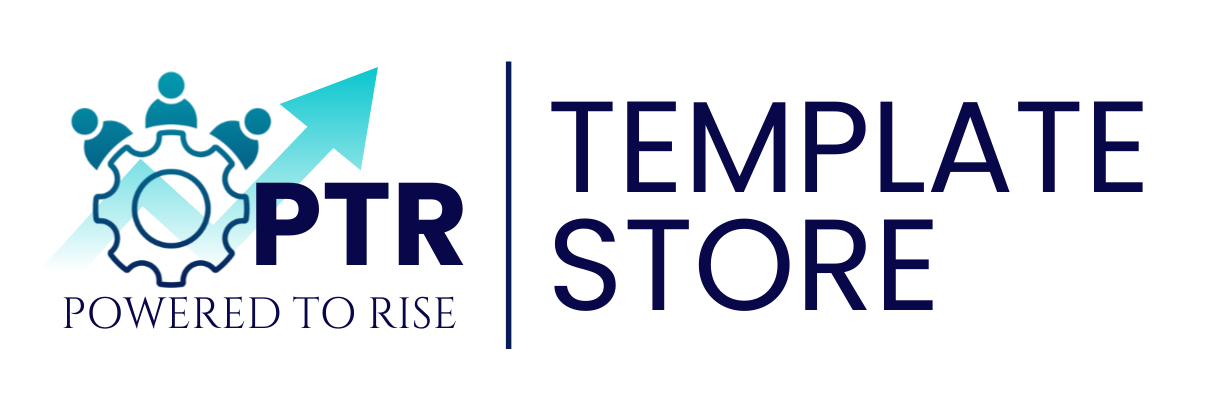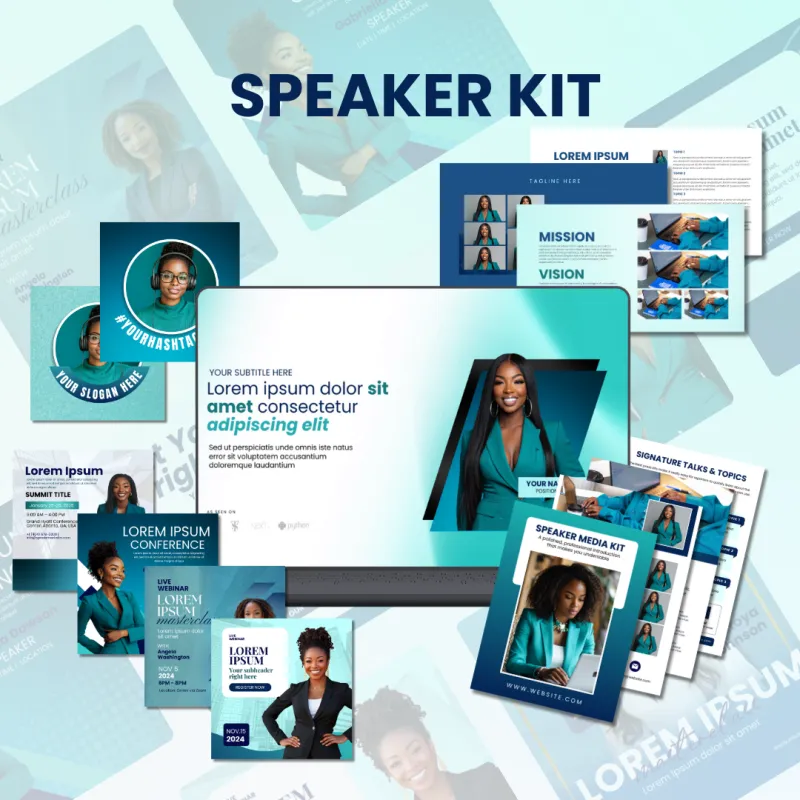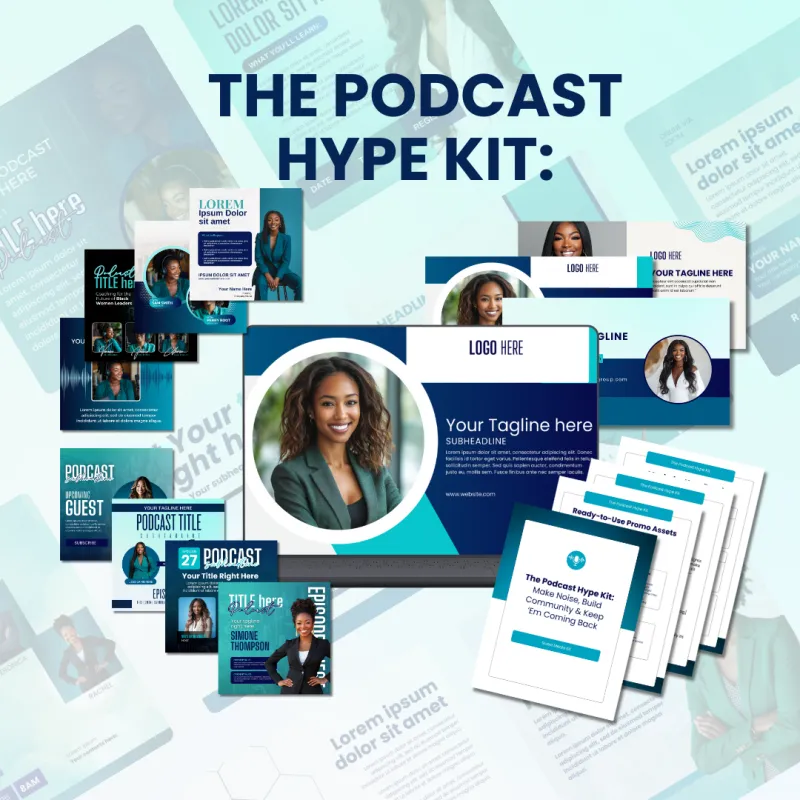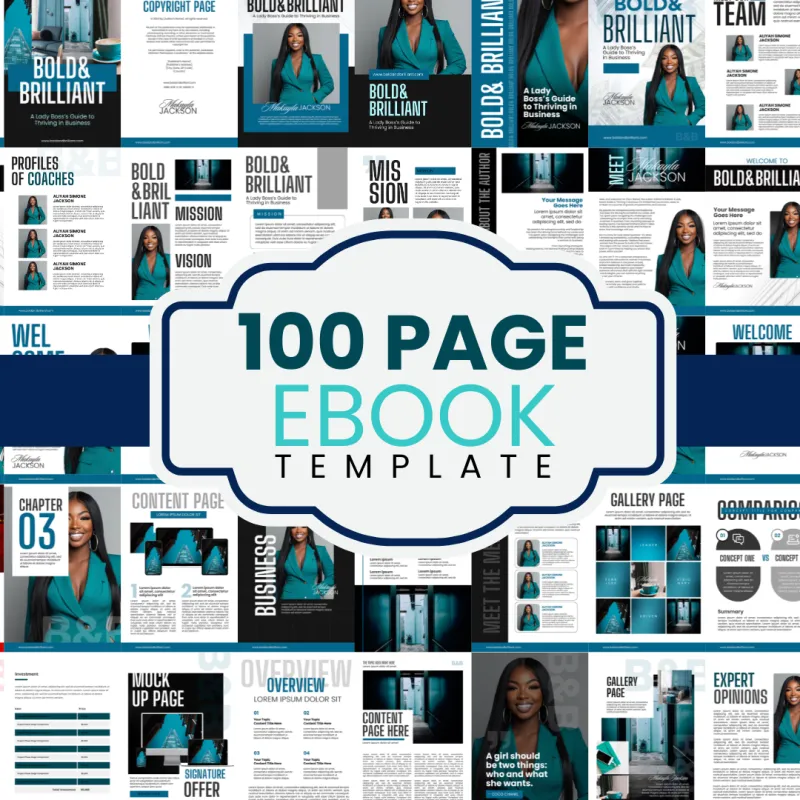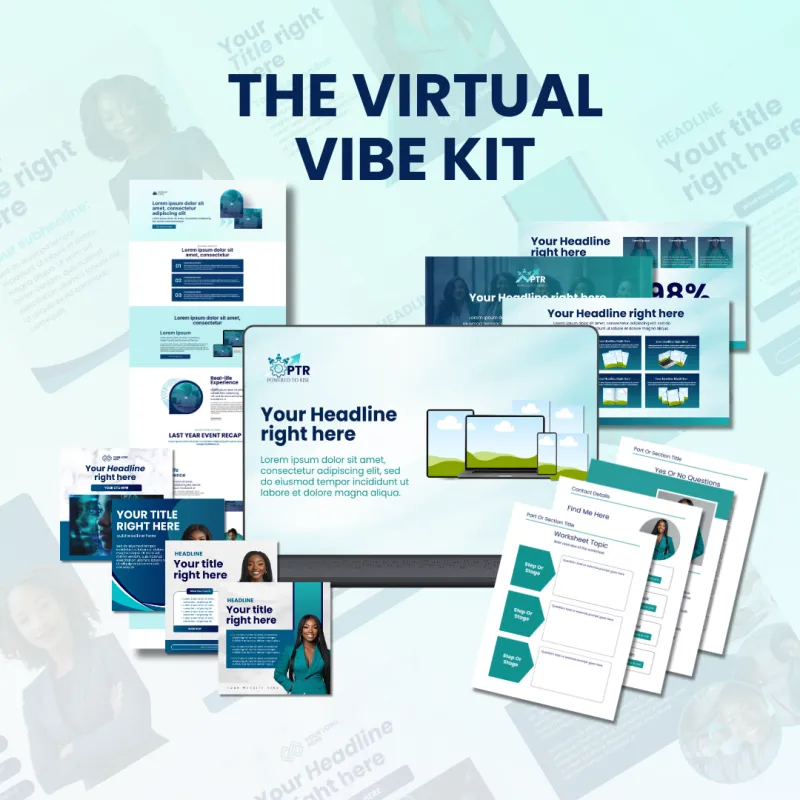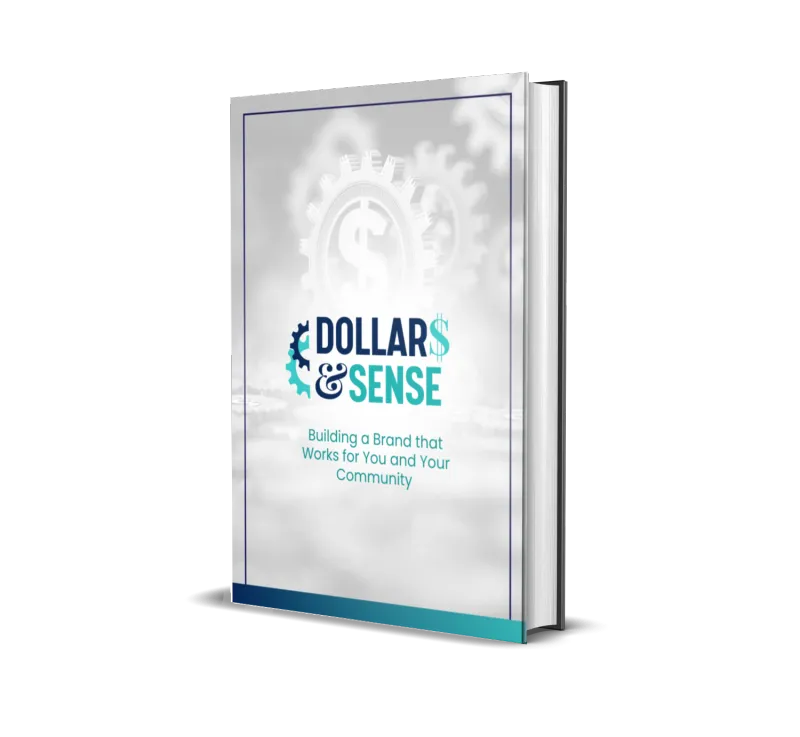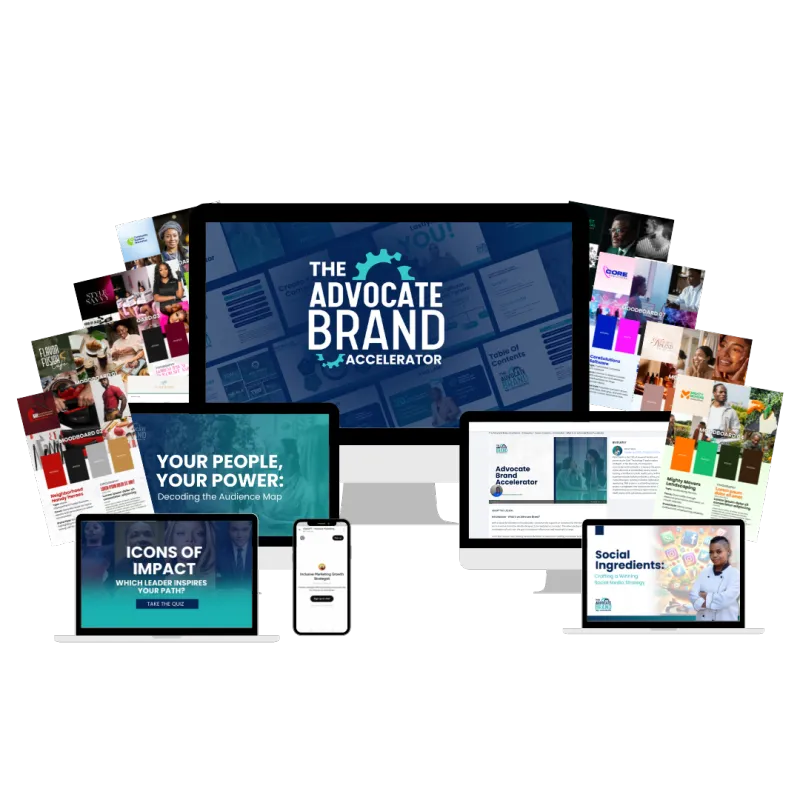Free Templates – Download
& Elevate Your Brand!
Choose from these four free resources to enhance your brand’s visual identity. Click to download and start designing effortlessly!
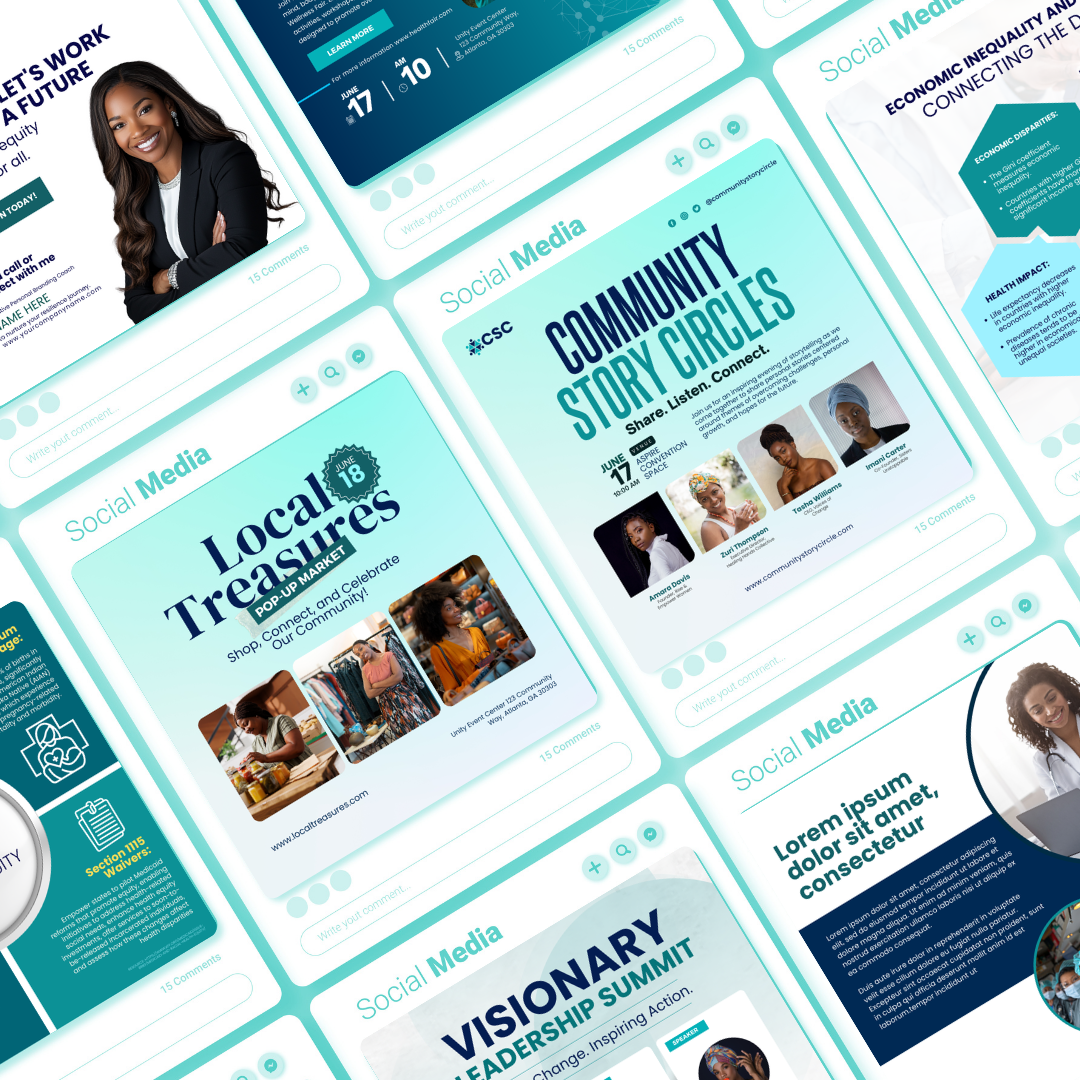
Social Media
Graphics Pack
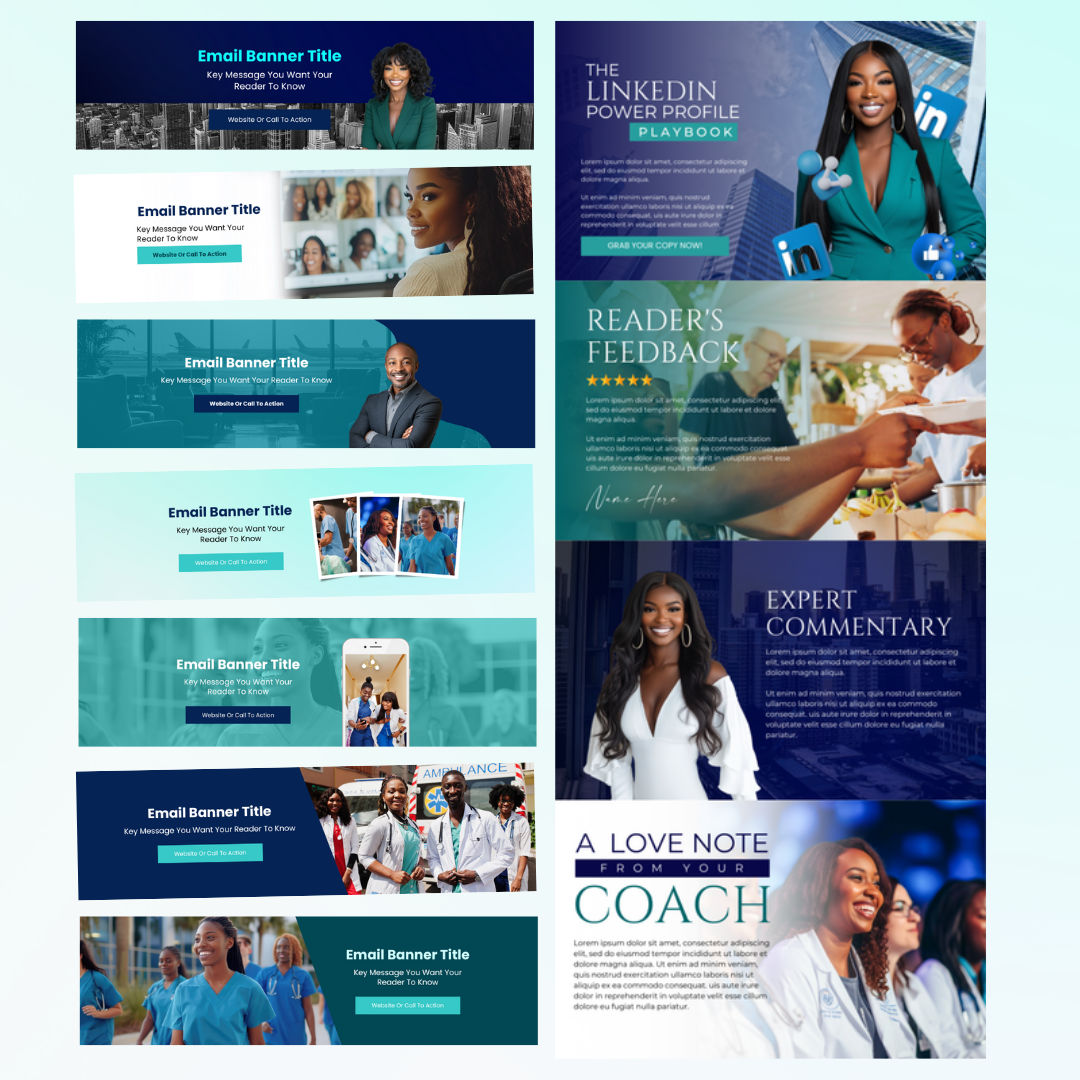
Social Media
Graphics Pack
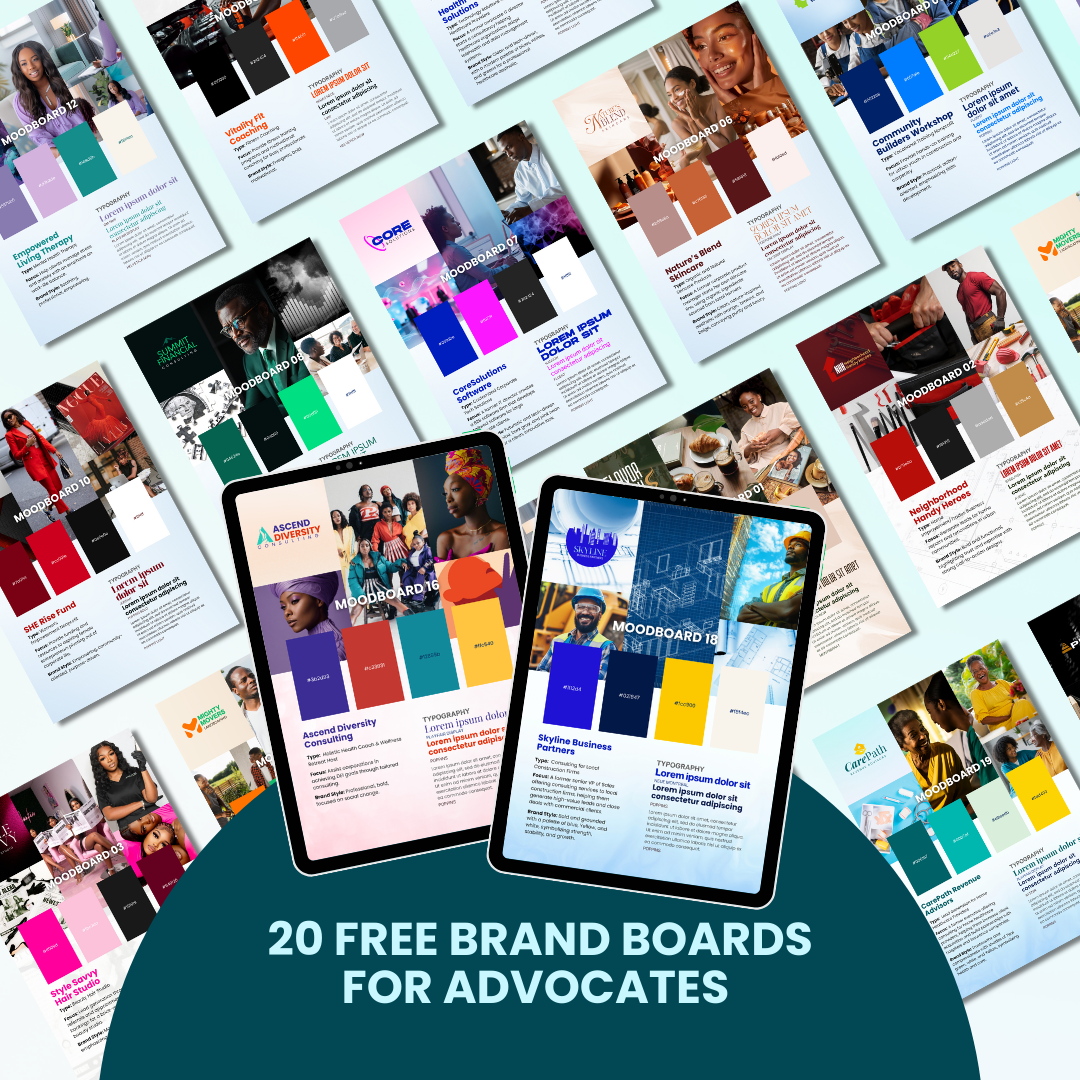
Social Media
Graphics Pack
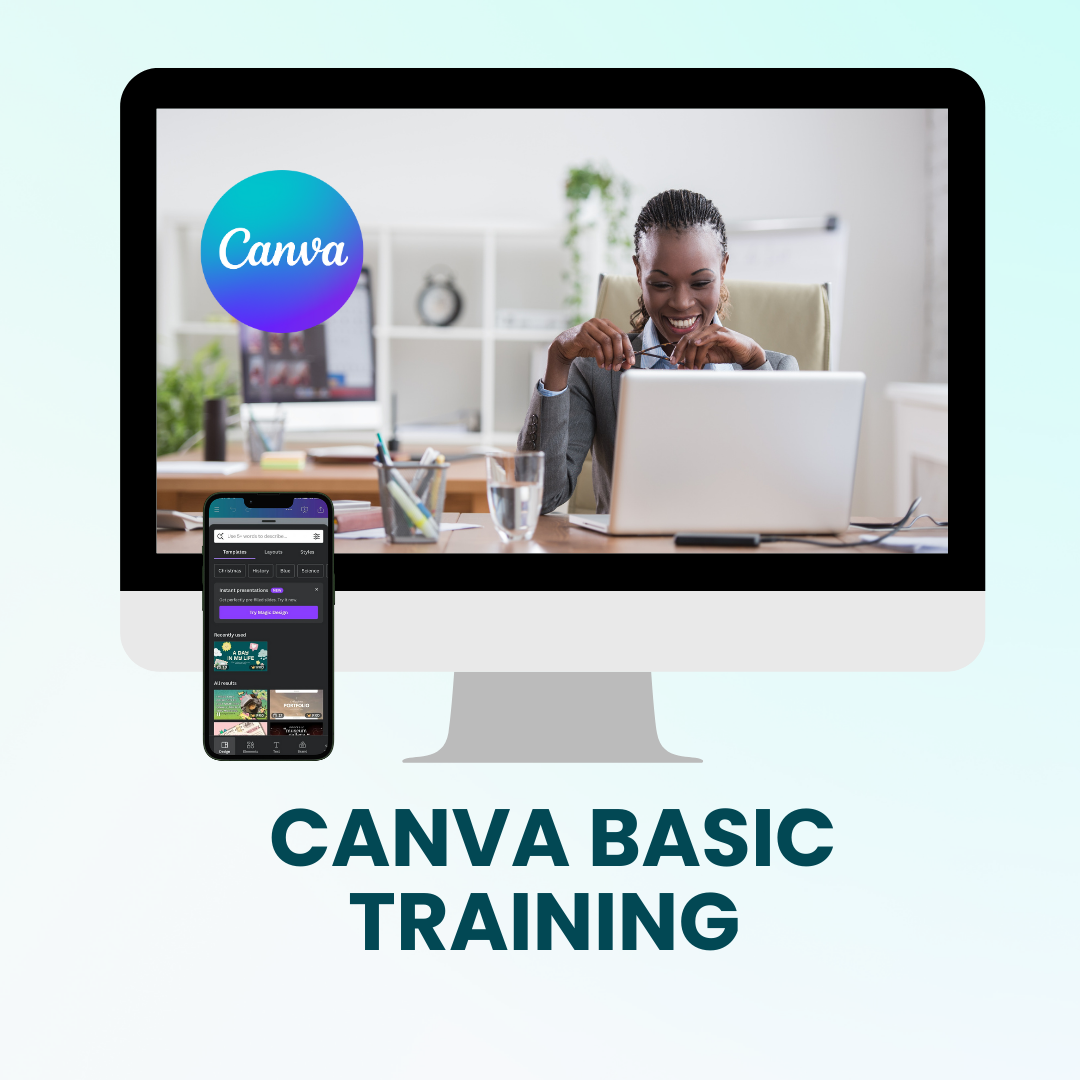
Social Media
Graphics Pack
Paid Templates – Upgrade Your Brand with Ease!
Professional, easy-to-use templates designed to elevate your brand, boost engagement, and simplify your workflow.
Service Packages
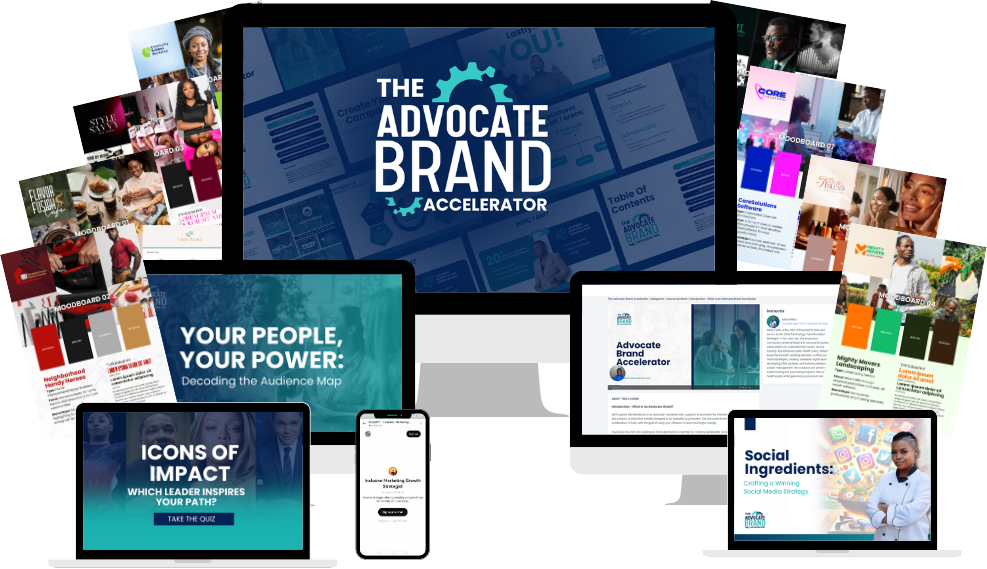
Digital Products
Craft a magnetic brand that speaks volumes before you ever enter the room! Tap into our self-paced course at your own rhythm, designed to guide you revealing the unmatched value only you bring to the table.
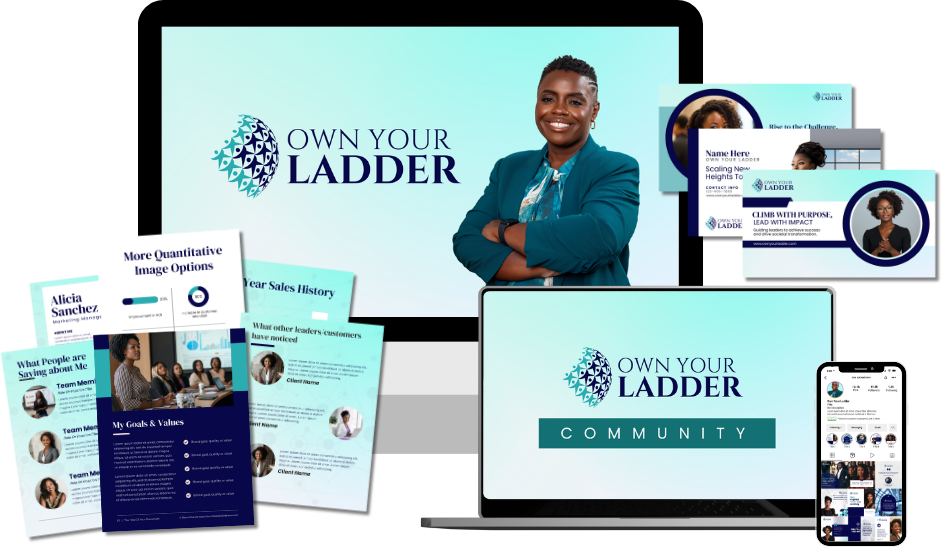
Leadership Incubator
Step into your power with executive skills, strategic networking, and tailored business strategies to build your online platform and grow impact for your community.
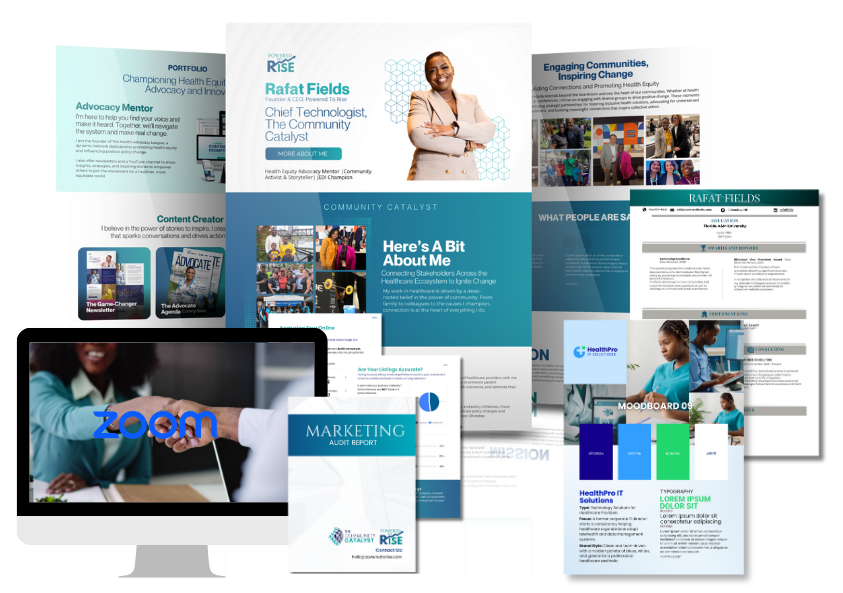
Custom Solutions
Designed for leaders who are busy building the change our communities need, let our team build your marketing platform and systems to help you scale your influence and secure more resources.
Frequently Asked Question
Welcome to our FAQs section, where we address common questions and provide helpful answers about our services as a marketing merchandiser specializing in customizable promotional items. Whether you're new to promotional merchandise or a seasoned marketer looking to enhance your brand's visibility, our FAQs are here to provide clarity and guidance.
Can I customize the promotional items with my company logo?
Yes, we offer customization options to showcase your brand identity.
What types of promotional items do you offer?
We provide a diverse range of customizable merchandise for marketing.
What is the minimum order quantity for personalized items?
Minimum order quantities vary depending on the selected product.
How long does it take to receive my customized items?
Production times vary but are typically within 7-10 business days.
Do you offer rush shipping options for urgent orders?
Yes, we offer expedited shipping options for time-sensitive orders.
See Our Latest Blogs
Stay up-to-date with our latest insights, tips, and trends by diving into our newest blogs. Whether you're seeking industry expertise, marketing strategies, or product inspiration, our blog section is your go-to resource for valuable content.

Why I’m Launching This Work Now
This Congressional Budget Cycle Could Reshape Our Future. Here’s How We Fight Back.
As we settle into the second month of President Trump’s second term, we’re already seeing substantial shifts in the direction of national policy. Congress is returning from recess to begin the process of budget reconciliation. The White House agenda is on the menu to fund an $880 billion tax incentives package.
Medicaid is one of the few federal programs large enough to become the engine for delivering on that promise. It’s also the single largest payer of healthcare services in the country.
That deeply matters for the communities I come from, serve, and stand with.
Why This Work Is Personal
After the staggering loss of life and the disproportionate impact COVID-19 had on communities of color, I made a vow:
To dedicate my time and talent to amplifying the voices of healthcare heroes who show up every day to fill the gaps left by systemic failure.
If you haven't seen The Color of Care, I highly recommend it. This documentary outlines the history of disparities in our healthcare system and includes the stories of real families who are navigating life after this public health crisis.
https://www.amazon.com/Color-Care-Various/dp/B09SFK8D83
The pandemic didn’t just expose cracks in our public systems—it widened them into stress fractures.
The most predictive factor in how someone fared during COVID wasn’t pre-existing health conditions. It was their zip code.
In the wealthiest, most medically advanced nation in the world, that should never be the case.
That realization became my personal catalyst to understand our public healthcare system more deeply—and work to transform it so that it actually serves all Americans.
Why Medicaid Is at the Center of This Conversation
There is no one Medicaid story. Medicaid covers:
People with disabilities
Working adults in low-wage jobs
Older adults who are dual-eligible for Medicare
Nearly 50% of all births in the U.S.
65% of all Black births—a number I didn’t believe until I traced it back to the CDC
This isn’t just a statistic. It’s a reflection of a broader reality:
A reality where the majority of our children are born into resource-constrained homes. Where access to prenatal care, healthy food, and developmental supports is shaped by workplace status, zip code, and policy choices made far from the neighborhoods they affect.
It’s also a reflection of occupational segregation.
Despite persistent stereotypes, communities of color are overrepresented in the very jobs that kept this country running during a global pandemic—grocery workers, aides, transit drivers, home health workers.
We’re not underemployed by choice. We’re underserved by design.
Why Workforce Equity Is the Next Battleground
Let’s be clear: the healthcare workforce shortage is not just a pipeline issue. It’s a placement issue. It’s a policy issue. It’s a visibility issue.
And it’s personal.
Imagine a young student in a resource-poor zip code.
She completes public school against the odds, earns a college acceptance, finishes medical school under crushing debt—and then returns to care for the very community that raised her.
That’s not a hypothetical. That’s what the data shows. Most physicians practice within 100 miles of where they complete their residency.
That’s why we must invest in pathways for advanced practice careers within historically marginalized communities—because those providers are the most motivated to return and serve.
And while we do that, we must also expand non-degree pathways in healthcare and tech.
At Powered to Rise, we believe technology is the great equalizer. You don’t need a four-year degree to build digital ecosystems or learn to code.
What you need is training, mentorship, and access to opportunity.
Why Special Education Is Innovation Infrastructure
If we want to unlock America’s full economic and creative potential, we have to start with how we treat our learners.
Fairness assumes we all began at the same starting line.
Yet anyone who has grown up in a disinvested school district, or had to advocate for a child’s learning needs across multiple states, knows otherwise.
Every learner has unique needs.
Our system was built around a uniform model—designed for a narrow few and expected to fit everyone.
That’s why we’re pushing for funding pathways that support curriculum reform and inclusive classroom design in both K–12 and adult education.
Innovation doesn’t come from conformity. It comes from unlocking the brilliance that exists within our neighborhoods while breaking down borders to build global pathways.
What We’re Doing—and Who We’re Doing It For
Powered to Rise is proud to support the leaders and organizations working to build better health and economic opportunities for historically underserved communities.
Our advocacy priorities are simple and actionable:
Policy that builds sustainable health access and family economic stability
Education systems that meet the needs of real learners—not just ideal ones
Workforce development pathways that support cultural concordance and long-term care capacity
We work across party lines because our communities can’t afford to wait for perfect political alignment.
We’re here to connect grassroots organizers, decision-makers, and institutions that are ready to move forward—even in challenging seasons.
What We’re Releasing Now
As part of this launch, Powered to Rise is releasing the first in a series of policy briefs designed to advance people-first solutions at the intersection of health, equity, and economic mobility.
These tools are built for grassroots advocates, care providers, coalition leaders, and decision-makers—anyone working to close gaps and build stronger systems.
🔎 Available Now:
Protect Medicaid: Access, Outcomes, and System Stability
Expand Provider Pathways: Building a Health System That Reflects and Serves
📥 Download both briefs here:


🗓️ Coming in April:
Urban Workforce Development: Health and Tech Careers for Economic Mobility
Fund Special Education: Unlocking Learning as Innovation Infrastructure
We’ll be rolling out new briefs throughout the month, each with actionable insights, real-world examples, and recommendations that speak across political lines.
💬 What We’re Asking You to Consider
As we enter this critical budget cycle, ask yourself:
What kind of future do we build when we cut the programs that hold communities together?
What if the people closest to the challenges were also closest to the solutions?
What might happen if we treated health care, education, and job training as the interconnected systems they’ve always been?
We believe it’s possible to do better.
We believe communities know what they need.
We believe we must build global partnerships.
We know this moment demands action.
